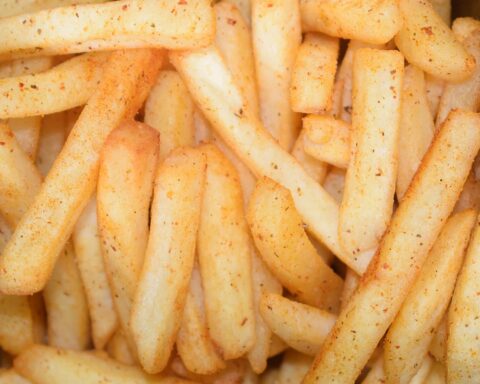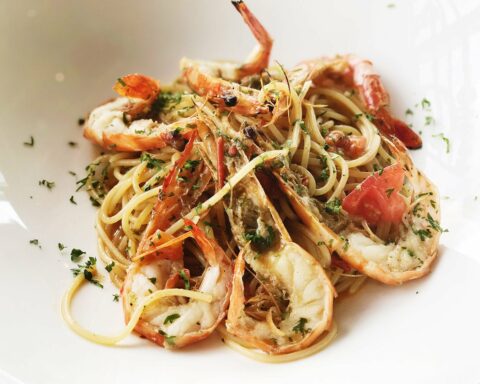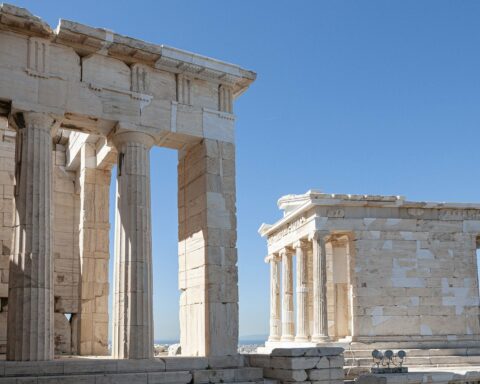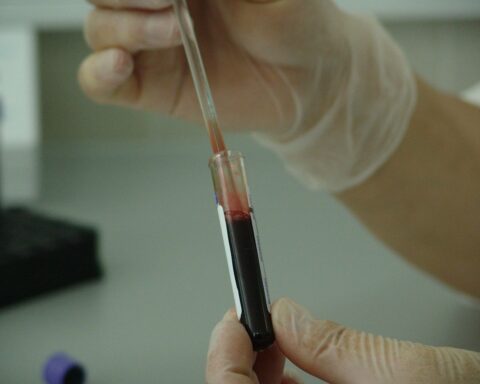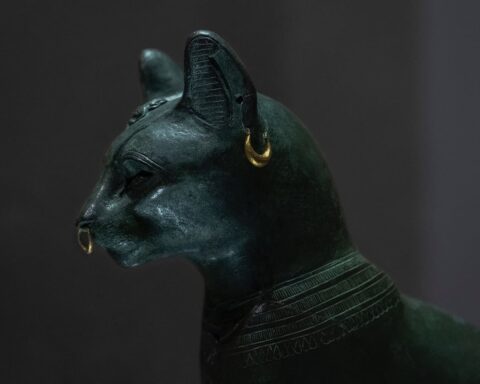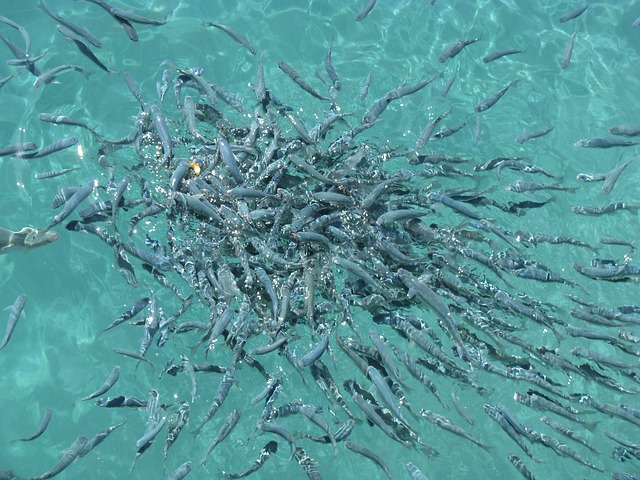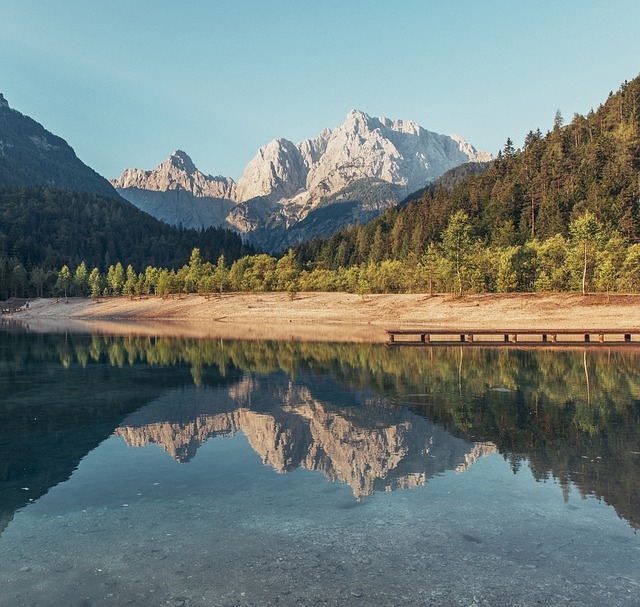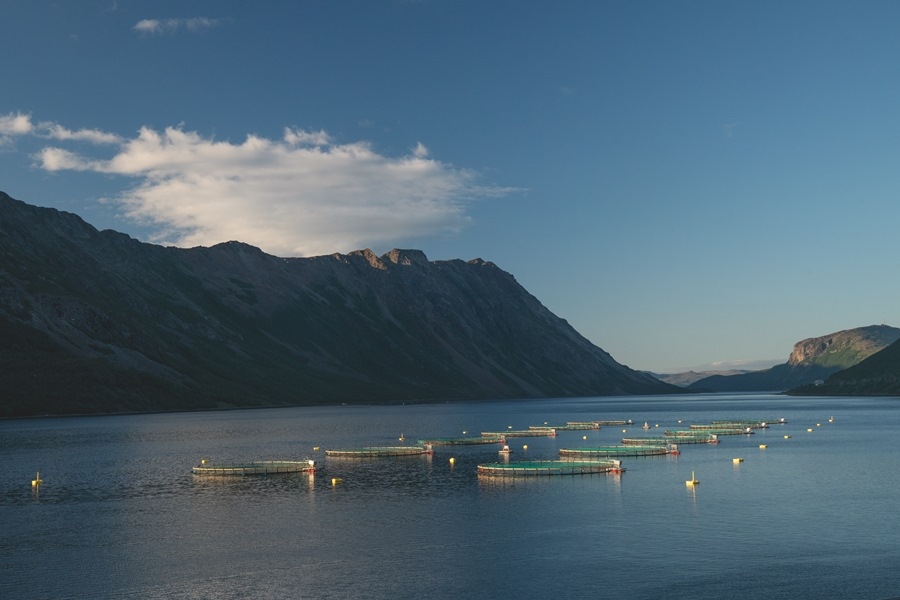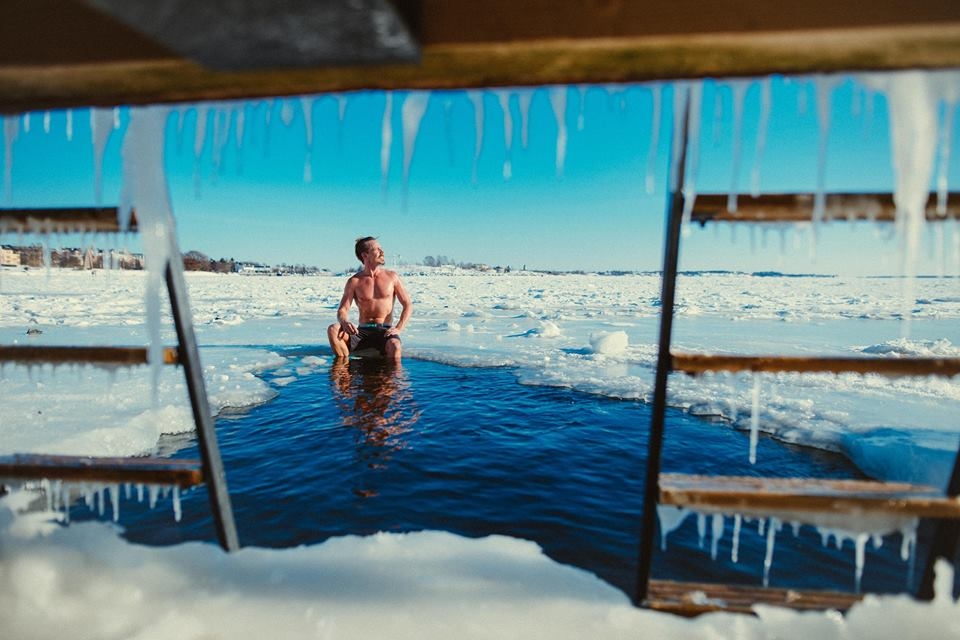
Il 29 settembre è stato firmato il provvedimento ministeriale relativo alle misure tecniche da adottare affinché venga rispettato il periodo di chiusura della pesca di pesce spada. Lo ha reso noto il Ministero delle politiche agricole alimentari e forestali.
“Queste misure – afferma il Sottosegretario di Stato On. Giuseppe Castiglione – assicureranno non solo l’effettivo divieto dell’attività di pesca, ma garantiranno la tutela dell’ecosistema attraverso la protezione degli esemplari giovanili di pesce spada che in questo periodo sono particolarmente diffusi e numerosi.”
In particolare, in conformità alla Raccomandazione ICCAT n. 13-04 e al Decreto Ministeriale del 3 giugno 2015, il provvedimento impedisce l’uso degli ami non selettivi prevedendo, nel periodo ricompreso tra il 1 ottobre e il 30 novembre, il divieto di cattura di esemplari della specie “alalunga”, nonché di utilizzo del “palangaro derivante” per il prelievo di altre specie bersaglio, ad eccezione delle unità munite di permesso speciale per le catture di tonno rosso.





